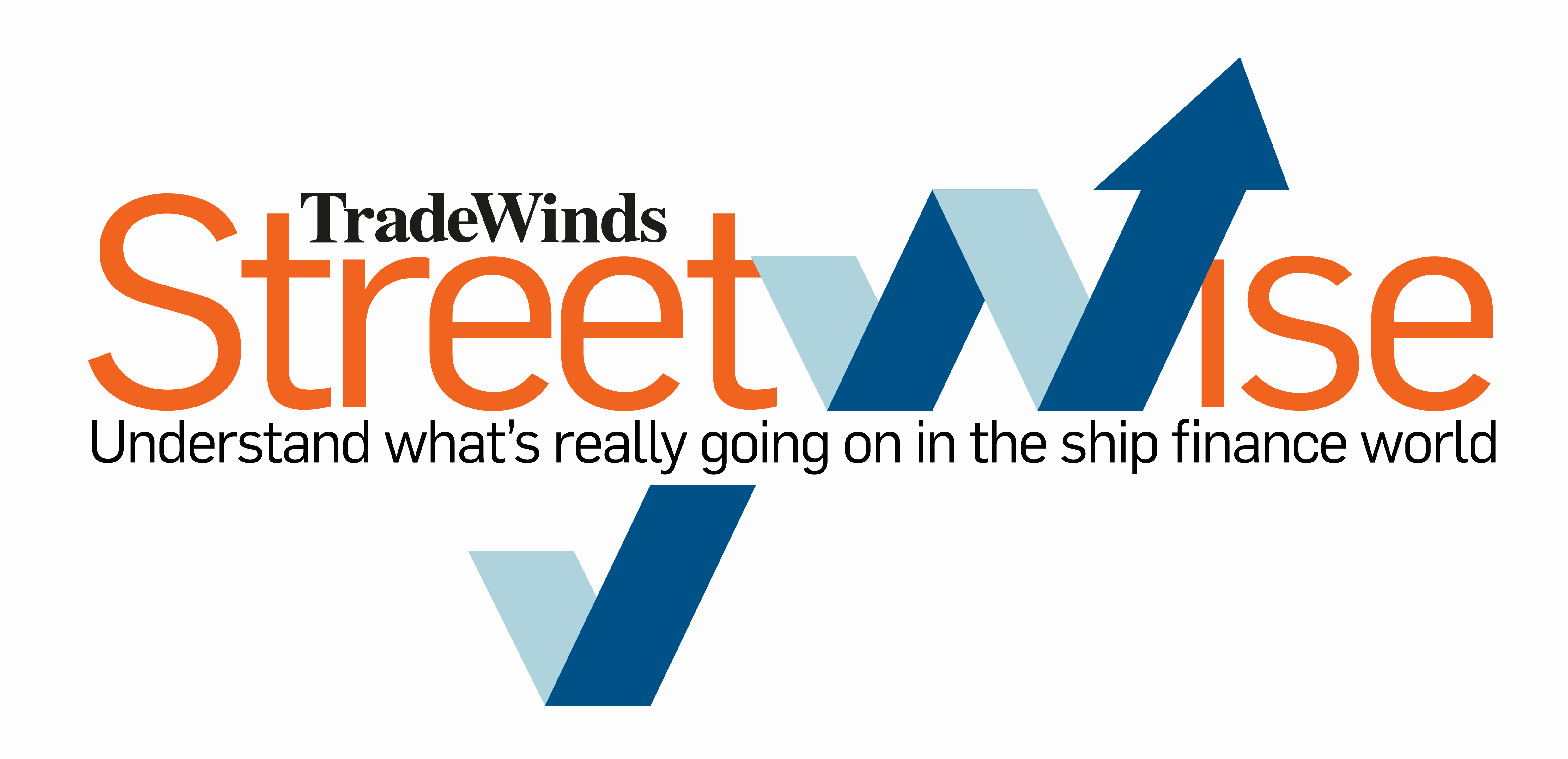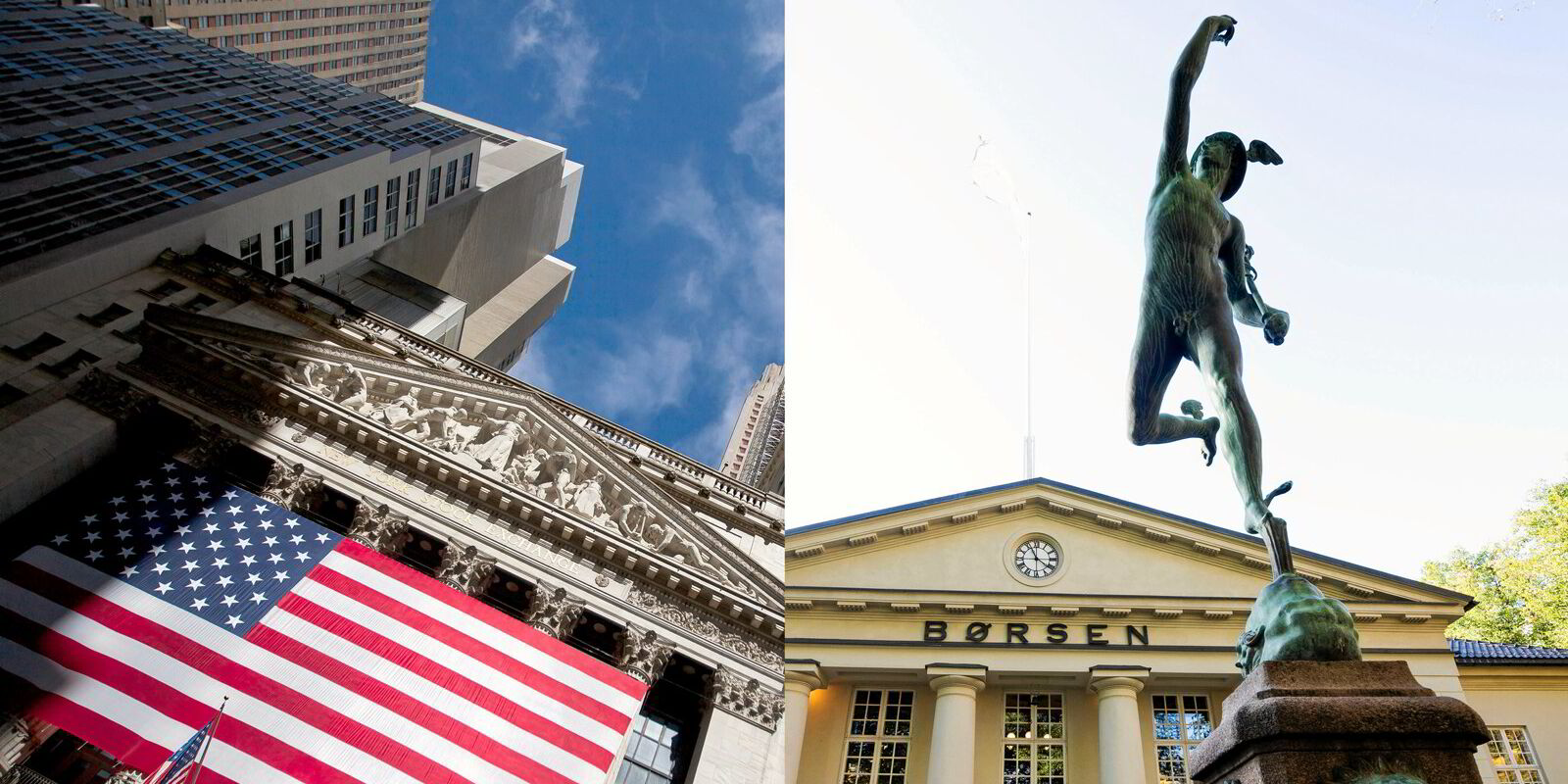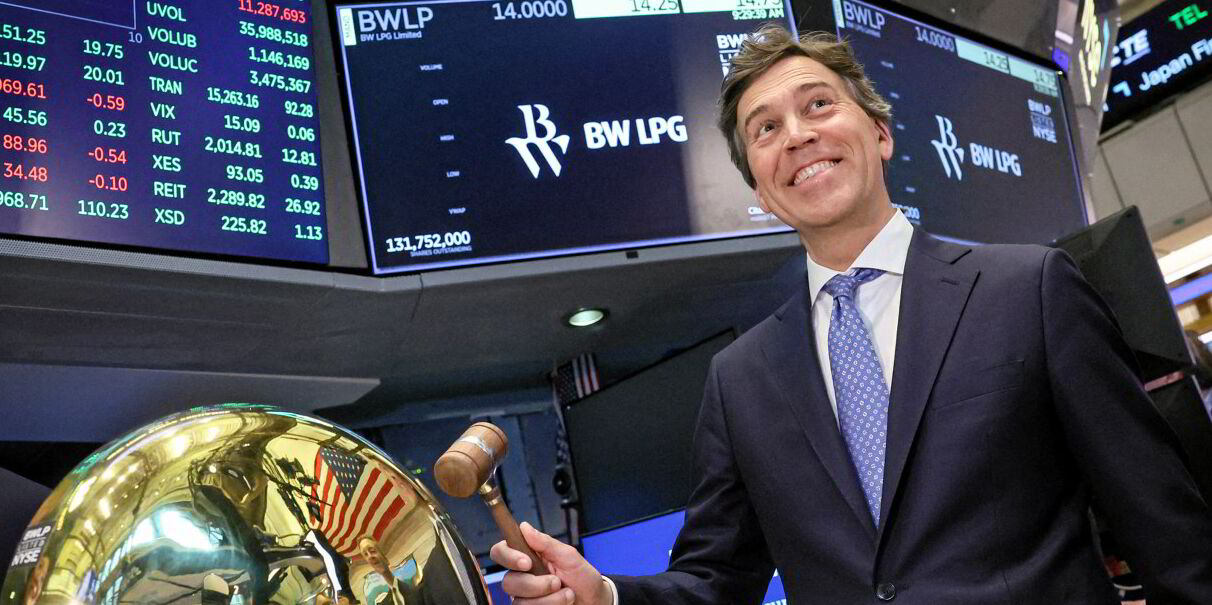More and more shipping companies have listed their shares on both sides of the Atlantic in the past year, with BW LPG and Hafnia the latest newcomers to the US capital market.
As the stock exchanges in New York and Oslo battle to become the shipping stock capital of the Western world, European shipowners may be left pondering the best location for their listings.
The US capital markets, being the largest and most diverse globally, offer shipowners access to a far broader base of investors than in Oslo. The cash pool they can tap into is not just from the US but from around the world.
Many global equity funds are restricted from investing in Oslo due to their mandates, which makes New York a more viable option.
A company listed in New York may also be included in various US index funds, such as those managed by Vanguard, thereby indirectly becoming a part of the pension portfolios of millions of Americans.
The sheer size of the US market also serves as a safe haven during financial or geopolitical crises, as investors typically shift funds from peripheral markets like Norway to the US.
Since the 2008 financial crisis, the Norwegian krone has weakened significantly against the dollar, from NOK 5 to NOK 11.
The US dollar return of the Oslo Stock Exchange has been close to zero over the past decade. A New York listing mitigates this currency risk for investors.
However, listing in the US also means shipowners become a small fish in a vast ocean of whales.
A listing in Oslo could, on the other hand, make a shipping firm a relatively big fish in a welcoming and familiar pond.
For instance, the largest company on the Oslo Stock Exchange is state-owned oil producer Equinor, valued at NOK 870bn ($81.4bn), whereas Microsoft in the US boasts a market cap of $3.3trn — roughly 40 times larger.
In Norway, smaller and medium-sized companies can gain more visibility.
Shipping is deeply ingrained in Norwegian culture, supported by a robust network of shipowners, banks, brokers, investors, lawyers and insurers.
Walking along the Oslo fjord from BW’s office in Skoyen to DNB’s headquarters, one encounters a cluster of industry players including Clarksons, BNP Paribas, John Fredriksen’s companies and Fearnleys.
Norwegian investors, whether funds or family offices, often have a background in shipping, sometimes stemming from old family fortunes.
Retail investors in Norway and Scandinavia also contribute significantly to the liquidity of smaller, more volatile stocks.
This year, DOF Group and MPC Container Ships have been among the most traded stocks on Nordnet, an internet broker.
In contrast, shipping is a niche sector on Wall Street, with only one dedicated equity research analyst, Jefferies’ Omar Nokta.
Costs and complexities
Opting for a dual listing incurs higher costs due to the increased complexity of reporting and compliance.
Only companies within larger ecosystems, like those connected to BW Group or the spheres of Fredriksen and Tor-Olav Troim, typically have the resources to manage dual listings.
These groups possess extensive knowledge of capital markets, a vast investor network and the necessary resources.
A dual listing in New York is not for everyone. It requires considerable size and resources. However, for those who can afford it, the benefits of both markets can be enjoyed: the scale and depth of the US market, and the expertise and tradition of the Norwegian market.
As BW LPG chief executive Kristian Sorensen pointed out: “This is not instead of Oslo. It is an addition.”
Ultimately, the stock exchange does not determine the stock return; it is the company’s performance through business cycles that matters.







